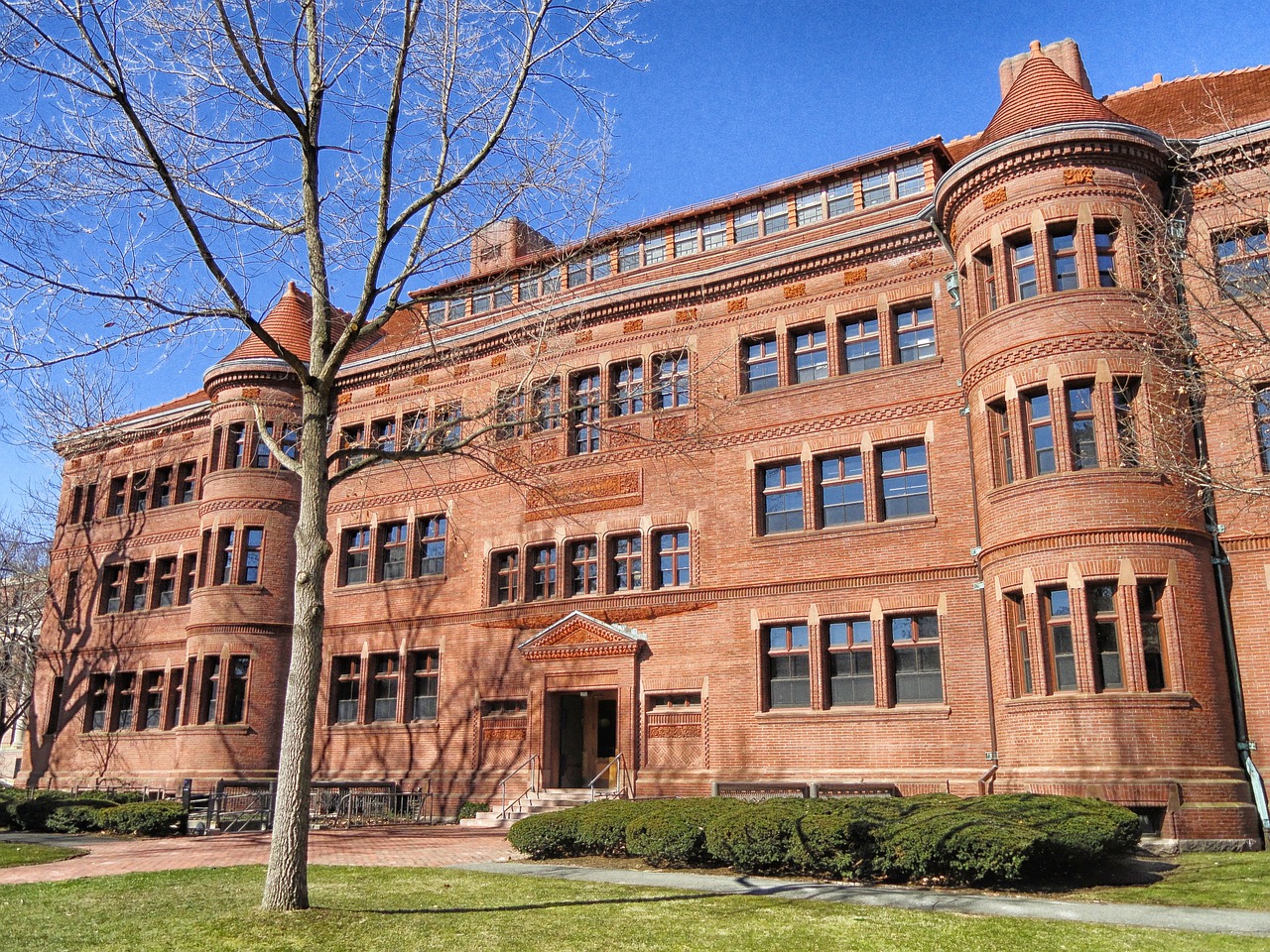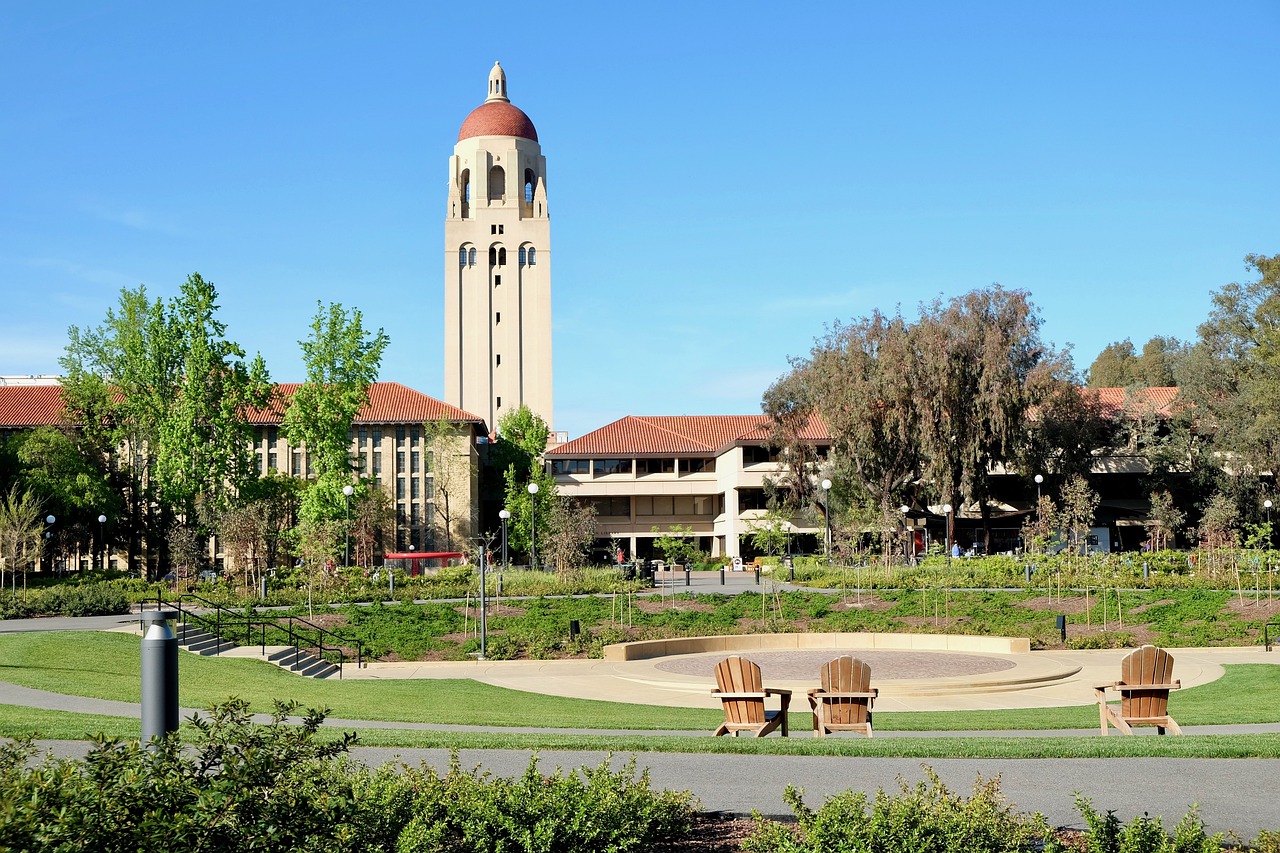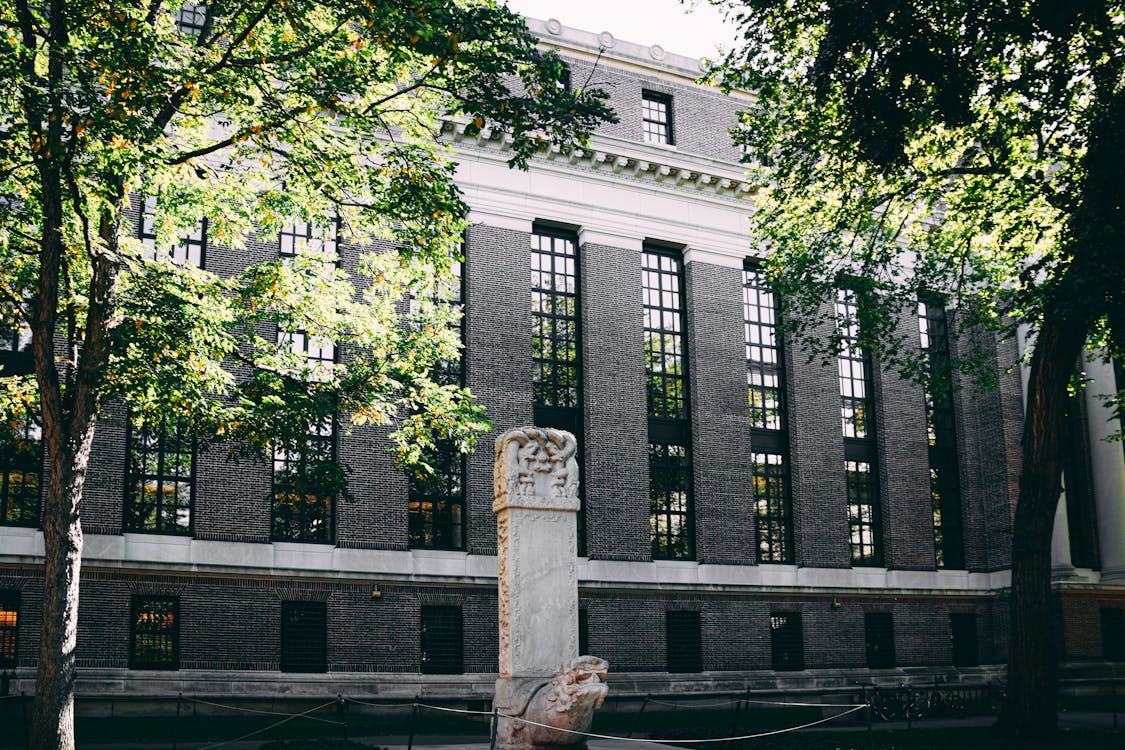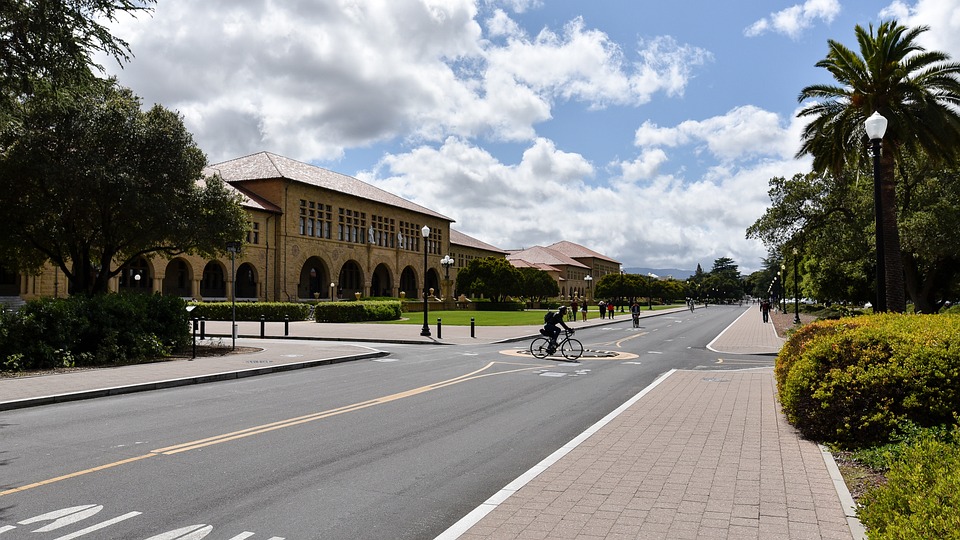Choosing the right path for higher education can be a daunting task, especially when faced with the decision between public and private universities. This blog post aims to help you clarify the differences between public and private universities in the USA, helping you make an informed decision that aligns with your goals and aspirations.
What Are the Differences between the Private and Public Universities?

Funding Sources
The sources of funding is the primary distinction between public and private universities and colleges. Public institutions are financed by government funds, while private institutions rely on endowments, tuition and other private contributions for their financial support.
Tuition Fees
Public colleges are often more affordable. According to the data from the National Center for Education Statistics, public universities cost $8,573 for in-state and $18,862 for out-of-state students on average. Tuition at private universities tends to be higher, and the private nonprofit students need to pay around $50,770, which is much higher than that of private universities.
Campus Size
Public universities often have larger campuses with a more diverse student body. They also offer a wide array of extracurricular activities, sports programs, and social events. These universities may have extensive campus facilities, including large libraries, research centers, and recreational areas. Private universities often have smaller campus and offer smaller class sizes and a more intimate campus environment, allowing for more personalized attention and closer faculty-student interactions.
Academic Focus and Diversity
Public universities often have a broader range of programs and majors, reflecting their mission to serve the educational needs of the state’s population. They may also have extensive research facilities and receive federal grants for various projects. Private universities, while they may also engage in research, often emphasize a liberal arts education and may have specialized programs in certain fields.
Admission Requirements
Public universities usually accept a greater number of students, often relying on standardized tests like the SAT and ACT. These institutions generally require applicants to meet certain minimum qualifications. On the other hand, private universities enroll a smaller, more selective group of students, using a rigorous, thorough and more flexible evaluation process to assess each candidate.
Scholarships
Private universities provide more generous scholarship opportunities compared to public universities to assist students in covering the high tuition costs. Public universities also offer scholarship programs, but they are generally fewer compared to those at private universities. Therefore, regardless of which type of school you choose, diligently working on projects can provide opportunities to apply for scholarships and reduce tuition costs.

Top 10 Public Universities in the USA
We list the top 10 public universities in the United States, detailing their tuition fees, total enrollment, acceptance rates, and student-to-faculty ratios. These data effectively highlight the differences between public and private universities. The listed tuition fees are for in-state students; out-of-state fees are approximately $10,000 higher but still significantly lower than those of private institutions.
| Top 10 Public Universities in the USA | |||||
|---|---|---|---|---|---|
| University | Tuition Fees | Total Enrollment | Acceptance Rate | Student/Faculty Ratio | |
| 1 | University of California, Berkeley | $15,891 | 45,745 | 11% | 19:1 |
| 2 | University of California, Los Angeles | $13,752 | 47,832 | 9% | 19:1 |
| 3 | University of North Carolina at Chapel Hill | $8,998 | 31,949 | 17% | 15:1 |
| 4 | University of Virginia | $8,998 | 31,949 | 17% | 15:1 |
| 5 | University of California, Davis | $15,266 | 39,687 | 37% | 21:1 |
| 6 | University of California, San Diego | $16,056 | 41,482 | 24% | 19:1 |
| 7 | University of Florida | $6,381 | 55,211 | 23% | 16:1 |
| 8 | University of Texas at Austin | $11,698 | 52,384 | 31% | 18:1 |
| 9 | Georgia Institute of Technology | $11,764 | 45,296 | 17% | 22:1 |
| 10 | University of California, Irvine | $15,185 | 35,936 | 21% | 18:1 |
Public universities also tend to have large total enrollments, typically exceeding 30,000 students, with some even surpassing 50,000, such as the University of Texas at Austin. As a result, the student-to-faculty ratios are generally above 15:1. Additionally, public universities have higher acceptance rates compared to private universities, as their large enrollment numbers lead to less stringent academic evaluations.
Top 10 Private Universities in the USA

Similarly, we list the top 10 private universities in the United States, including their tuition fees, total enrollment, acceptance rates, and student-to-faculty ratios. Private universities generally have higher tuition fees, most exceeding $60,000, which is 2-3 times higher than public university fees.
| Top 10 Private Universities in the USA | |||||
|---|---|---|---|---|---|
| University | Tuition Fees | Total Enrollment | Acceptance Rate | Student/Faculty Ratio | |
| 1 | Massachusetts Institute of Technology | $60,156 | 11,858 | 4% | 3:1 |
| 2 | Harvard University | $59,076 | 21,613 | 3% | 7:1 |
| 3 | Stanford University | $62,484 | 18,283 | 4% | 6:1 |
| 4 | California Institute of Technology | $63,255 | 2,401 | 3% | 3:1 |
| 5 | University of Pennsylvania | $66,104 | 23,374 | 7% | 8:1 |
| 6 | Cornell University |
$66,014 | 25,898 | 7% | 9:1 |
| 7 | University of Chicago | $65,619 | 15,946 | 5% | 5:1 |
| 8 | Princeton University | $59,710 | 8,842 | 6% | 5:1 |
| 9 | Yale University | $64,700 | 14,806 | 5% | 6:1 |
| 10 | Johns Hopkins University |
$63,340 | 31,275 | 7% | 6:1 |
The total enrollment at private universities is generally smaller, depending on the institution’s size and development plans. The California Institute of Technology only have a total enrollment of 2,401, and Cornell University, with a total enrollment of 25,898, is considered a large private university scale. The student-to-faculty ratios at these private universities average around 5-6:1, ensuring that each student receives adequate attention. Compared to public universities, private universities have relatively higher acceptance rates due to their smaller total enrollment and more specific major requirements.
Public vs Private Universities: How to Choose?
Now we have known the differences and rankings of private and public universities in the USA, how to choose between them? Both of them have advantages and disadvantages. Considering the differences between public and private universities, determining which is better ultimately depends on individual preferences and needs. Here are some key points to consider when selecting a university:
Cost
Cost is a significant factor when choosing between public and private colleges. It’s important to consider the potential return on investment, viewing tuition fees as an investment in your future.
Major
Before applying, confirm that the private universities on your list offer your desired major, degree, or program. If they do not, remember that public universities often have a wider selection of programs, a larger faculty, and more options for graduate studies.
Campus life
Many public universities have larger campuses designed to accommodate their substantial student populations. In contrast, private universities often feature smaller, more intimate campuses and emphasize diversity. Accommodation is a crucial factor that influences students’ campus life. If you’re looking for a high-quality place to live in, please visit uhomes.com, we can help you find the dream accommodation near your university!
Career plan and Prestige
Clarifying your academic and career goals is crucial for both choosing the right college and navigating your student life. This allows you to identify colleges that excel in your field of interest and have a distinguished reputation in those areas.

Conclusion
The decision between public and private universities is a significant one, but armed with the right information, you can make a choice that sets you on a path to success. Both types of universities offer unique advantages, from affordability and diversity to personalized learning and prestigious alumni networks.
Take the time to research, visit campuses, and engage with current students and alumni. Remember, the best university for you is the one that aligns with your goals, values, and vision for the future.
FAQ
Which is better, public or private university in the USA?
Choosing between a public or private university in the USA depends on individual priorities. Public universities generally offer lower tuition, especially for in-state students, and provide a wide range of programs and resources. They often have larger campuses and diverse student bodies. Private universities, while more expensive, typically offer smaller class sizes, personalized attention, and generous financial aid. They often excel in specific fields and have a focus on specialized programs. The best choice depends on your budget, academic goals, and preferred campus environment. Consider factors like cost, class size, program quality, and personal fit when making your decision.
What is the #1 public US university?
University of California, Berkeley
Is Harvard private or public?
Harvard University is a private institution that was founded in 1636. It ranked 4th on the QS 2025 rankings.
Are private universities harder to get into than public?
Generally, private universities can be more selective than public universities due to smaller class sizes and lower acceptance rates. They often have rigorous admissions criteria, including holistic reviews of applicants. Public universities may have higher acceptance rates, especially for in-state students, but competition can still be intense for popular programs.








